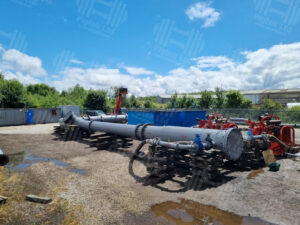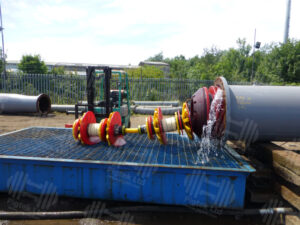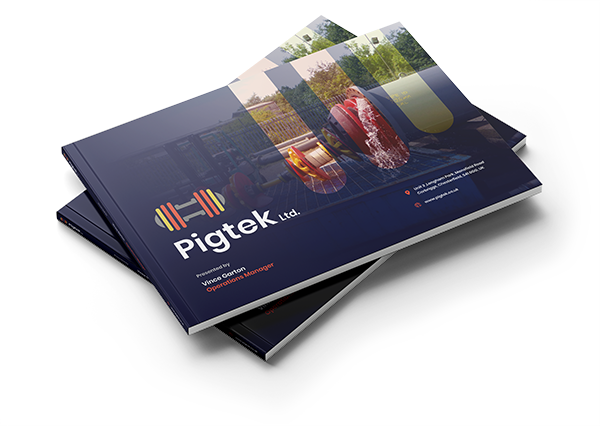Pipeline Pig Testing and Trialling
 Pipeline pig testing and trialling play a vital role in maintaining the integrity and efficiency of oil and gas pipelines.
Pipeline pig testing and trialling play a vital role in maintaining the integrity and efficiency of oil and gas pipelines.
As more brownfield pipeline systems are tied into adjacent pipeline systems due to ageing assets being taken offline, new export routes bring new challenges for pipelines to be routinely pigged.
As continuous production is key to oil and gas operator’s mantra of “starting up and staying up”, by having a pig or an inspection tool that does not do what it is intended to do or worse blocks a pipeline due to not being tested before hand is an unnecessary risk.
Understanding Pipeline Pig Testing and Trialling
The process of pipeline pig trialling refers to the testing and validation of pigs before their deployment in operational pipelines. It ensures that the pigs are capable of effectively carrying out their designated tasks without causing any damage to the pipeline or compromising its integrity.
Benefits of Pipeline Pig Testing and Trialling:
There are many benefits in the trialling of pigs and inspection tools prior to use in a new or modified pipeline system.
Lack of Disruption
Pipeline operators would rather find the potential issues with pigging a pipeline by means of a trial than deal with the production impact and subsequent cost of having a pig stuck inside a pipeline and finding a means to recover it.
Confidence in your Pigging
Pig trials bring a risk averse approach to introducing new pigs and inspection tools into new or modified pipeline systems where the pig / tool’s ability to travel through the pipeline or perform the intended task of cleaning or inspecting the line is unproven to date.
Cost Savings
Timely identification and remediation of potential issues through pig testing can prevent costly shutdowns, repairs, and production losses. Additionally, by optimising the pipeline’s performance, operators can reduce energy consumption and minimise operational expenses in the long run.
 Steps Involved in Pipeline Pig Testing and Trialling:
Steps Involved in Pipeline Pig Testing and Trialling:
Pipeline pig testing and trialling can be performed in several ways, from a simple pull through test of a pig to a scaled down in length replica of the pipeline system including all the pipeline’s features.
Preparation for pigging involves gathering necessary information about the pipeline, assessing the pigging requirements, and selecting the appropriate pigging technology for the specific task.
The use of dual diameter pigs is also a risk in some circumstances particularly in very large or multiple diameter changes.
Pig trials can also be done to simulate compression set in dual diameter pigs where discs are subjected to the effects of heat on the urethane components in the compressed state.
Pig interaction in a shared pipeline system can also be challenging for co-ordinated pigging between pipeline operators. Trialling of each of the different types of pigs in the system to ensure that they can pass through the pipeline even if the pigs meet at a feature such as wye pieces, is also key for continuous production on major export routes.
If a routine pig fails in the pipeline due to a scenario such as a partially closed valve, debris, or some other obstruction in the pipeline, then trialling of rescue pigs and the recovery method to be employed is also an invaluable way of reaching a successful outcome without taking further risk.
Pipeline pig testing and trialling are proactive processes for ensuring the reliable and efficient operation of oil and gas pipelines. They prevent disruptions, instil confidence, and result in cost savings.
Proper preparation, comprehensive trials, and testing rescue methods are crucial steps.
 Pigtek Ltd
Pigtek Ltd